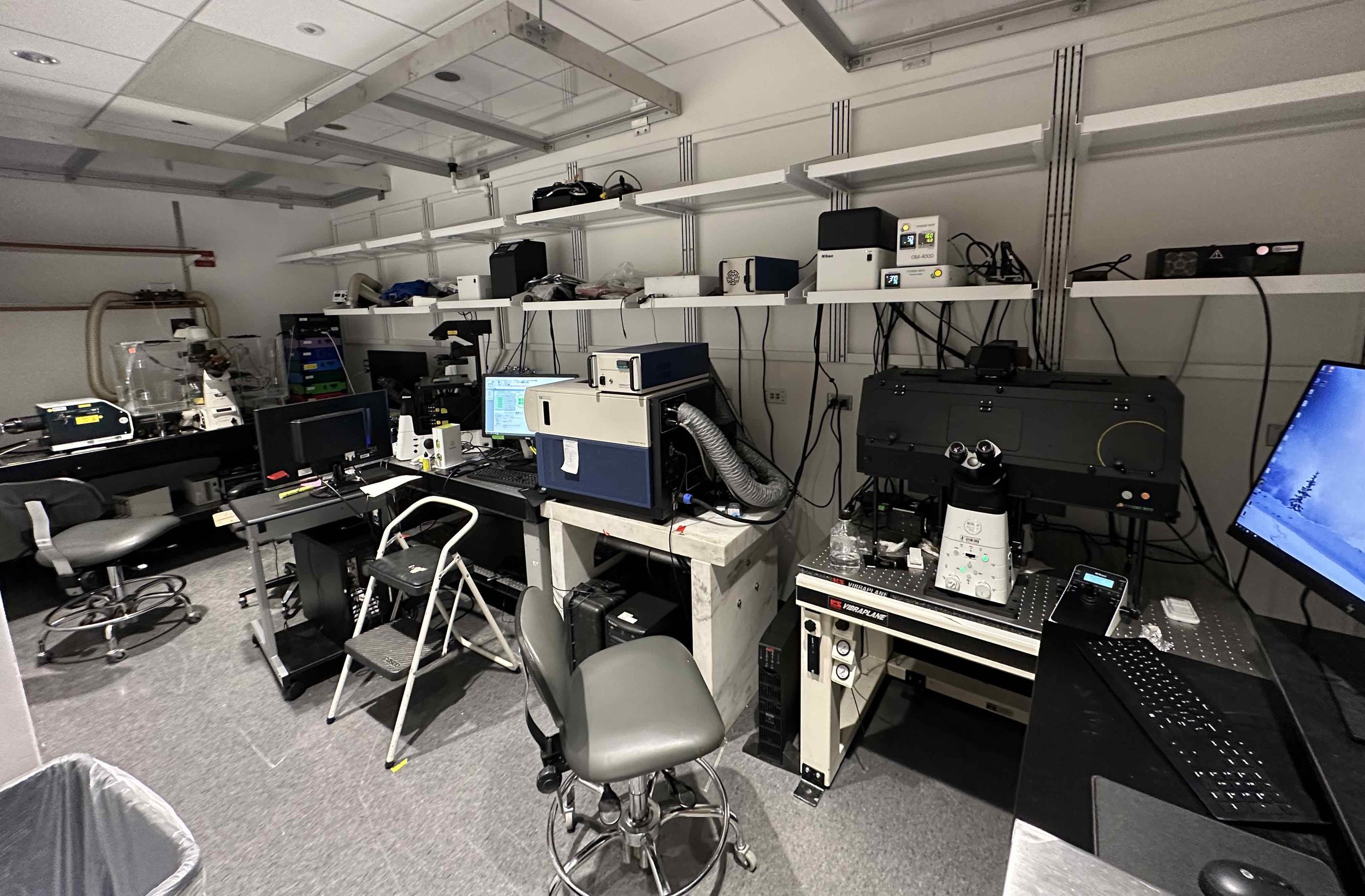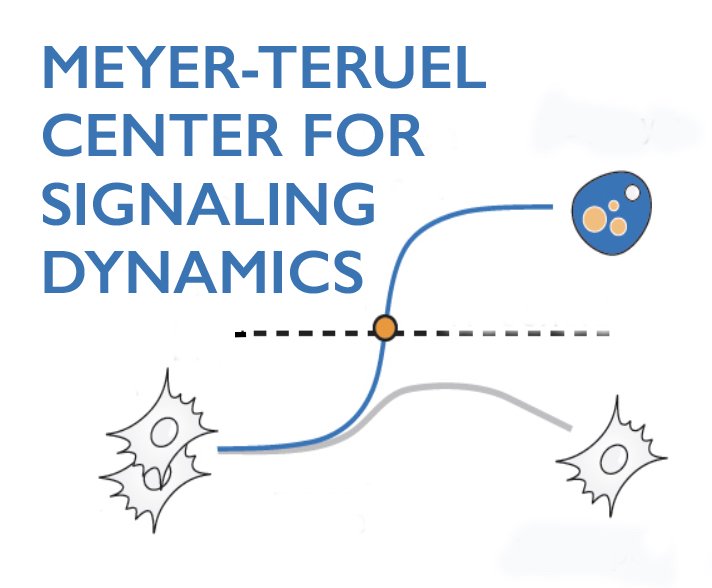
Our Research
We tackle important unresolved Cell Signaling problems.
➣ How proliferation and differentiation are coordinated to control tissue size (SCROLL TO)
➣ How cells decide whether to proliferate or enter quiescence or senescence (SCROLL TO)
➣ How circadian rhythms control cell differentiation and metabolic health (SCROLL TO)
➣ How cells decide whether to polarize and move (SCROLL TO)
How does a variable proliferation period during adipocyte differentiation control fat mass?
Our dynamic single-cell analysis led to new findings of a timed competition between the cell cycle and differentiation. In open projects, we are now exploring how cells control the proliferative period to regulate the number of adipocytes and size of fat mass.
Learn more about this research, our approach and relevant publications below.
1
How do cells integrate dynamically changing signals to decide between quiescence, proliferation, and senescence?
We developed new fluorescence reporters to understand how cells regulate the decision between proliferation, quiescence, and senescence. In open projects, we use normal and cancer cell and mouse models to explore how signals are integrated to control cell fate.
Learn more about this research, our approach and relevant publications below.
2
How does the timing of circadian rhythms control fat cell differentiation and obesity?
Learn more about this research, our approach and relevant publications below.
3
How do spatial and temporal signals control cell polarization, movement, and proliferation?
We discovered a structural polarization of the actin cortex and of contacts sites between the ER and the plasma membrane that directs cell migration. In open projects, we employ photolithography, organoids, and fluorescence reporters to understand how signals control cell polarization, migration, and proliferation.
Learn more about this research, our next directions, and relevant publications below.




